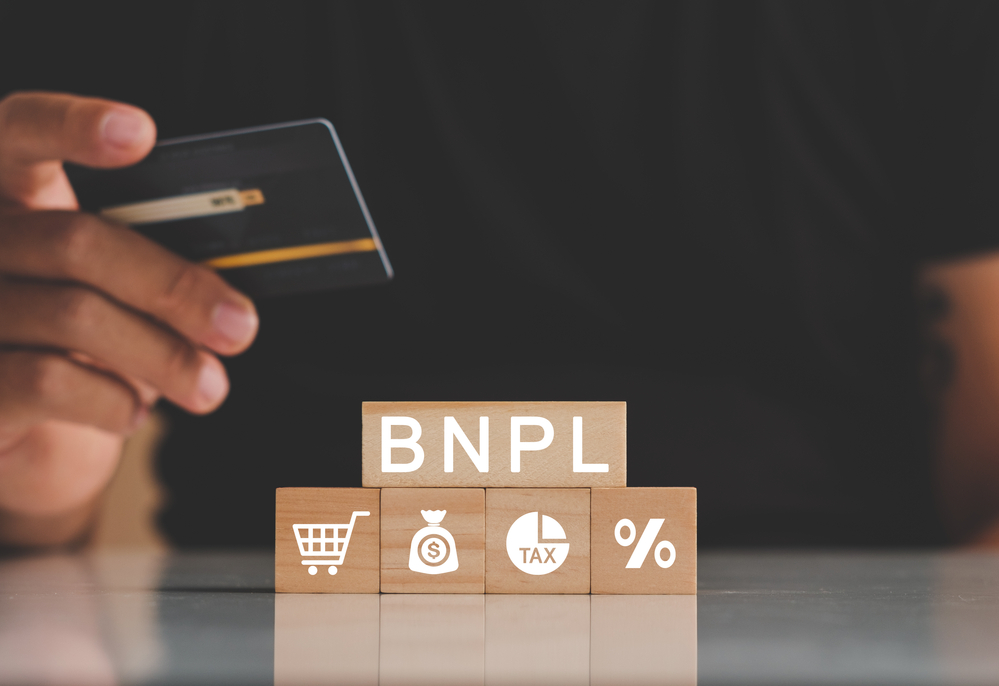Category: PAYMENTS
-
Will Web3 Be the End of Stripe? An Unstable Future for Popular Payment Aggregators
As the digital economy continues to evolve, so too do the payment systems we rely on. Stripe, a popular online payment aggregator founded in 2010, is facing an uncertain future with the emergence of Web3 technology. Could these new advances in internet connectivity spell the end for Stripe and similar services? In this article, we…
Written by

-
White-Label BNPL Service Futureproofs Your Checkout
Buy Now Pay Later services have been on the rise for years now and there’s no slowing down. We’ll get into the benefits of BNPL later, but what you need to know right now is that customers love it. There’s just one problem: convenience. Convenience is a double-edged sword when it comes to BNPL. Sure,…
Written by

-
Why Credit Card Processing Fees Are So High and How To Lower Them
CREDIT CARD PROCESSING, Credit Card Processing Fees, Credit Card Surcharges, Merchant Account Fees, MERCHANT PRICING, MERCHANT SERVICES, Payment Processing, PAYMENTSAre you shocked by how much your credit card processor charges each month? You’re not alone. Credit card processing fees have become a big business, with companies charging upwards of 3% of each transaction. While it may seem like you’re getting ripped off, there are ways to negotiate these fees and bring them down. In…
Written by

-
Shopify Payments Is Too Expensive! How To Pay Less
Current Shopify users and new small business owners, we hear your shrieks. Payment processing is an essential part of any online business, but Shopify Payment’s plans often leave us wide-eyed with shock and disgust. How can it possibly cost that much? Does everyone pay this price? How will these fees affect my profits? We hear…
Written by

-
Save Money & Qualify for Level 3 Credit Card Processing Rates
Level 3 processing offers lower interchange fees and helps businesses better navigate their data to increase profit and decrease costs. So why isn’t anyone talking about it? Find out what it takes to qualify for Level 3 processing, what additional information you’ll need to provide, how it compares to the other levels of data processing,…
Written by
